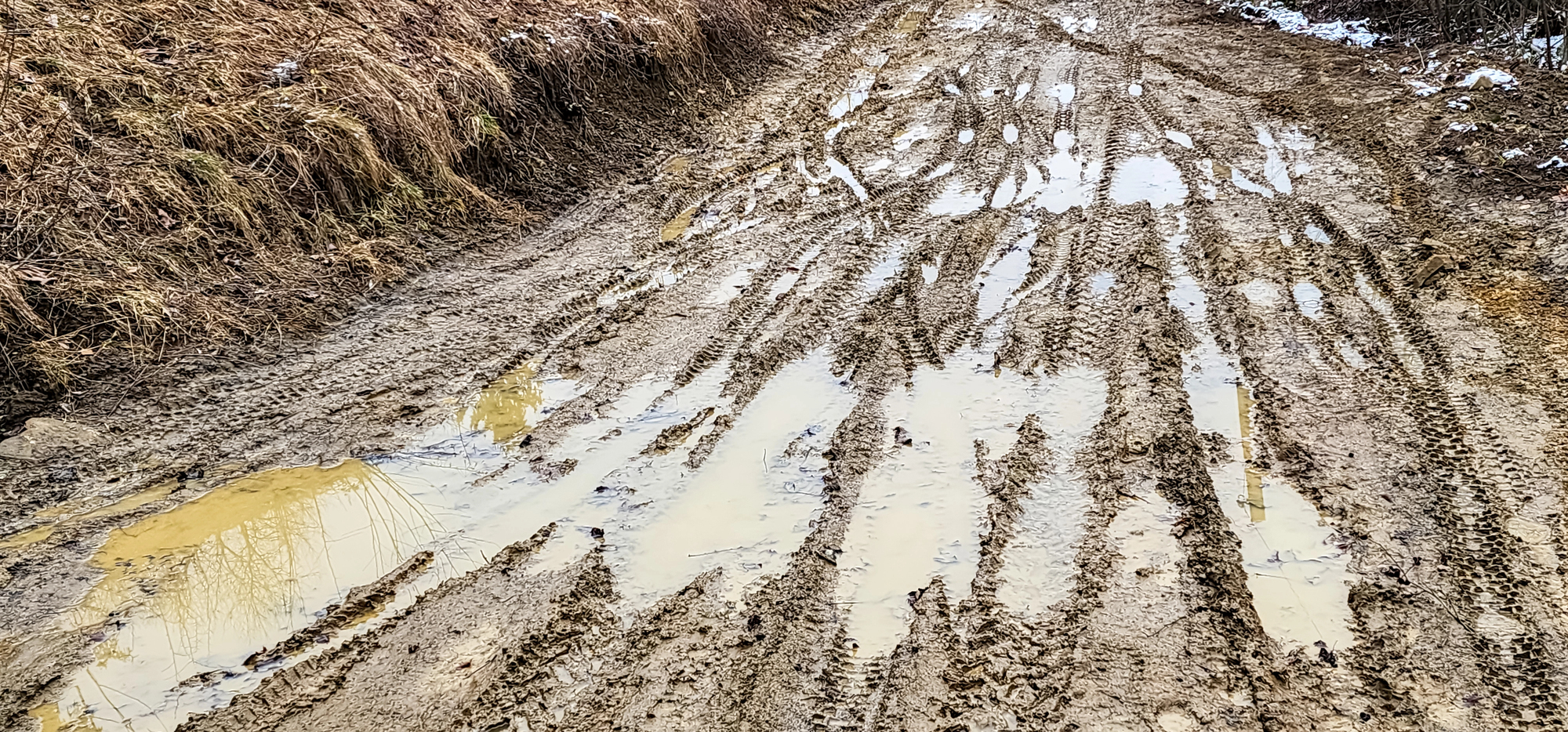In politics, mudslinging refers to a negative campaigning tactic where candidates deliberately spread harmful information about their opponents to damage their public reputation. This smear tactic often involves direct accusations or implied rumours designed to undercut a rival’s credibility and sway voters against them. The term itself is metaphorical, suggesting politicians are throwing mud at each other during heated campaigns.
Political mudslinging has a long history and appears across all forms of media, from traditional campaign advertisements to modern social platforms. When politicians engage in this behaviour, they shift focus from policy discussions to character attacks, creating a more divisive political atmosphere. Critics often view this approach as desperate or harmful to meaningful political discourse.
While some view mudslinging as a legitimate strategy to highlight genuine concerns about an opponent, others see it as a distraction from substantive policy debates. The effectiveness of negative campaigning remains debated, though its prevalence in election cycles suggests many campaign strategists believe attacking opponents can yield electoral advantages.
Defining Mudslinging in Politics
Mudslinging represents a controversial political tactic used throughout electoral history to damage opponents’ reputations through accusations, insults and character attacks. It functions as a deliberate strategy to undermine rival candidates rather than focusing on policy discussions.
The Origins of Mudslinging
The practice of mudslinging dates back to the earliest democratic systems. In ancient Athens, political rivals would publicly criticise each other’s character and spread rumours about opponents. The term “mudslinging” itself comes from the metaphorical image of throwing mud, with the implication that some will stick regardless of truth.
American politics saw notable examples during the 1800s. The 1828 presidential campaign between John Quincy Adams and Andrew Jackson featured harsh personal attacks, with Jackson’s wife being called immoral and Adams branded an aristocrat. These early examples established a pattern that continues in modern politics.
By the 20th century, mudslinging had adapted to new communication forms, from newspapers to radio, television and now social media.
Key Features of Mudslinging
Mudslinging typically involves several distinct characteristics. First, it focuses on personal attacks rather than policy disagreements. These attacks often target a candidate’s character, past behaviour or associations.
The use of charged language creates emotional responses in voters. Words like “corrupt,” “dishonest” or “radical” appear frequently in such communications.
Mudslinging sometimes relies on partial truths or information taken out of context. This approach makes claims difficult to refute completely.
Timing plays a critical role, with attacks often occurring at strategic moments—particularly close to election day when targets have limited time to respond effectively.
The delivery methods vary widely, including campaign advertisements, debate performances, press statements and increasingly, social media posts.
Mudslinging Versus Negative Campaigning
While related, mudslinging differs from broader negative campaigning in important ways. Negative campaigning can involve legitimate criticism of an opponent’s voting record, policy positions or leadership abilities. These criticisms can help voters make informed decisions.
Mudslinging, by contrast, crosses into personal attacks that have little relevance to a candidate’s ability to govern. It aims to create visceral dislike rather than rational disagreement.
Political communication experts make this distinction: negative campaigning highlights genuine weaknesses in opponents’ platforms, while mudslinging seeks to tarnish reputations through character assassination.
The line between these approaches can blur. A campaign might begin with policy critiques but gradually shift to personal attacks as election pressure intensifies. This progression often signals when legitimate political discourse transforms into harmful mudslinging.
The Role of Mudslinging in Political Campaigns
Mudslinging serves as a tactical element in political campaigns where candidates attack opponents’ character, record, or positions to gain electoral advantage. This negative campaigning strategy has become a recurring feature in races at all levels, influencing voter perception and often shifting the focus from policy debates to personal attacks.
Impact of Mudslinging on Voters
Negative political advertising affects voters in complex ways. Research suggests that mudslinging can decrease public trust in the political process and reduce voter turnout in some cases. Many voters express distaste for smear tactics yet remain influenced by the negative information they absorb.
Attack ads often stick in voters’ minds more effectively than positive messaging. This psychological impact explains why campaigns continue this practice despite public complaints about negative politics.
Mudslinging can backfire when voters perceive attacks as unfair or excessive. Candidates who appear too aggressive may damage their own reputations while attempting to tarnish their opponents.
Some voter groups respond differently to negative campaigning based on their existing political affiliations and knowledge levels. Those highly engaged in politics might critically evaluate mudslinging claims, while less-engaged voters might accept negative characterisations without scrutiny.
Use of Mudslinging in Races and Elections
Presidential elections typically feature the most visible mudslinging, with extensive resources devoted to opposition research and attack advertisements. The high stakes of these races drive campaigns to employ aggressive tactics to gain even small advantages.
Historical evidence shows mudslinging is not a modern phenomenon. Political attacks have featured in campaigns throughout democratic history, though modern media has amplified their reach and impact.
Candidates often delegate the “dirty work” of mudslinging to surrogates or political action committees. This strategy allows them to benefit from negative messaging while maintaining plausible deniability about the most aggressive attacks.
Down-ballot races aren’t immune from mudslinging tactics. Local and regional campaigns frequently employ negative messaging, particularly in closely contested districts where small shifts in voter perception can determine outcomes.
The digital age has transformed mudslinging through social media platforms that allow rapid, widespread distribution of negative content at minimal cost. This has democratised the ability to engage in political attacks but also made it harder to control messaging or correct false claims.
Effects of Mudslinging on Public Perception and Democracy
Mudslinging in politics creates lasting impacts that extend beyond individual campaigns. These negative tactics shape how voters view both the political system and their own role within democratic processes.
Influence on the Public and the Political Climate
Political mudslinging often leads to increased voter cynicism. When campaigns focus on attacking opponents rather than discussing policy, public trust in government institutions typically declines. Research from Aarhus BSS confirms that negative campaigning can effectively damage rivals’ reputations among voters.
Constant exposure to negative political messaging may cause voter fatigue. Citizens become tired of the hostile political environment and may choose to disengage completely from the political process.
Media consumption patterns change during heavy mudslinging periods. Some voters seek more information to verify claims, while others tune out political news altogether.
Negative campaigns can also polarise the electorate. They reinforce existing divisions and make it harder for voters to find common ground on important issues.
Consequences for Democratic Processes
Voter turnout often suffers when mudslinging dominates political discourse. Studies show that when campaigns turn especially negative, certain voter groups become less likely to participate in elections.
The quality of political debate deteriorates when candidates focus on personal attacks. This shift away from substantive policy discussions leaves voters less informed about genuine differences between candidates on issues affecting the public and economy.
Negative campaigning can create barriers to political participation. Qualified individuals might avoid running for office due to fears about having their personal lives scrutinised and attacked.
Democracy requires respectful dialogue to function properly. When mudslinging replaces civil discourse, the foundations of democratic processes weaken as compromise becomes more difficult to achieve between increasingly hostile political factions.





